North to the Future
BARROW, ALASKA– “North to the Future” is Alaska’s State Motto. It seems particularly appropriate now with the changes taking place in the north. You fly in to Barrow first via a stop in Fairbanks, and then Dead Horse, the town on the Beaufort Sea coast that supports the oil industry at Prudhoe Bay. The airfield and buildings in Dead Horse are built on raised gravel support beds, above the rivers and pools in the surrounding flat landscape. In one pool at the end of the runway as your plane taxis to take off from Dead Horse a flash of something catches your eye: a single plastic pink flamingo, a fine example of Alaskan humor. I learn that bears have now begun denning in the raised dry airfield gravel beds, so walking around the area near the airport is no longer advisable: my first encounter with an unintended consequence of man’s activities in the north.
It is a short hop by air from Dead Horse on to Barrow. Nok Aker, whose full name, Nokinba, is the Inupiaq word for snowy owl, meets us while we wait for the luggage.
He is great, maintaining the tradition of the hospitality of the north. In the hours and days that follow we quickly learn that the weather, even now in mid-summer, can change very quickly from pleasant and warm to damp, rainy, windy and bitingly cold. But happily for us, extremely strong winds the preceding days have blown in ice from the open sea, which drifts slowly and beautifully along the gravel beaches of the coast.
Ice! It is a wonderful sight, and seems to structure the entire ecosystem and community. The locals in Barrow are happy to see the ice too, and launch boats to hunt seals on the ice almost around the clock in the 22 hours of sunlight at this time of year.
The ancient village site of Barrow was known as Ukpiagvik, which means “The Place Where We Hunt Snowy Owls.” Along the beach bluffs the mounded semi-subterranean whale rib and driftwood house beams are visible in the soil where the ancient houses are eroding into the sea.
The village of Ukpiagvik was occupied for more than a thousand years, but like many arctic coastal archaeological sites is gradually eroding into the sea. The loss of such important arctic archaeological and cultural heritage sites is exacerbated by rising sea level and increased exposure to spring and autumn storms in the face of decreasing periods of winter coastal ice protection. However, as in the past, the lifestyle of the local people in Barrow remains focused on the resources of the sea: whales, seals, and walrus, and fish, with trips inland to hunt caribou.
The feeling of tradition in Barrow is very strong, we ask questions of all the local people we meet, starting to learn from them about their history and lifestyles. At the Inupiaq Heritage Center we meet the carver of a baleen boat.
He is the great-grandson of a Hawaiian who sailed on a whaling vessel to San Francisco in the late 1800s and was shanghai’d on a whaling ship to Alaska, where he stayed to raise a family, whose descendants include this artisan. He is a contemporary example of the historical mix of Barrow traditions that included New England whalers, Hawaiians who came north on whaling vessels (voluntarily or not), and those of the local Inuit. The carver points out that the sail on the baleen boat is multicolored, with stripes of grey, tan, and white. I had noticed it wasn’t the usual black baleen. He explains that colored baleen develops only in old whales: female Bowhead whales must be old enough to have calved at least several times to develop baleen with such colors, and males had to be even older to have baleen with such hues. Bowhead whales (Balaena mysticetus) often live to well over 100 years old, and older whales with such baleen are rarely taken, so it is hard to find such colored baleen to include as the sail of his model boat. With this knowledge suddenly the baleen boat takes on a much greater meaning as a work of art and craft and cultural tradition.
Like many things in Barrow, I continue to realize that just as the mist and fog move in from the ocean and hide the land periodically during our visit, and clear away to reveal the crystalline beauty of the ice, I must look deeper and ask more questions to understand the many and rich traditions here, half revealed and half hidden like the ancient semi-subterranean houses.


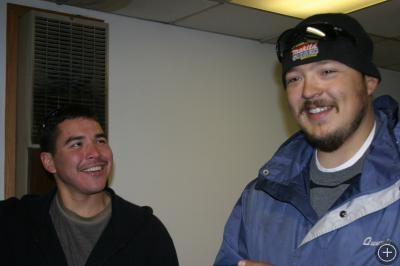
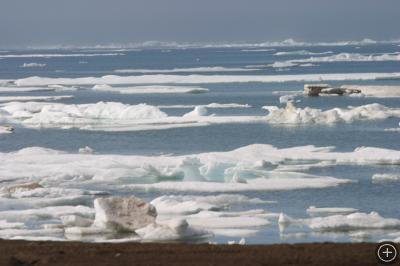
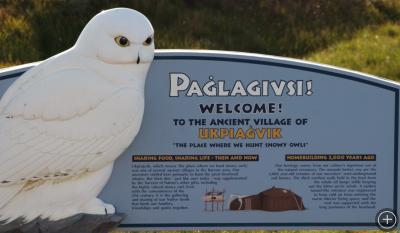
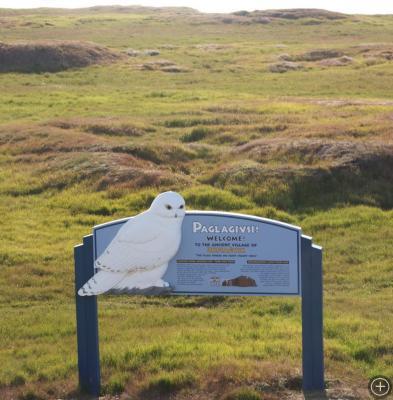
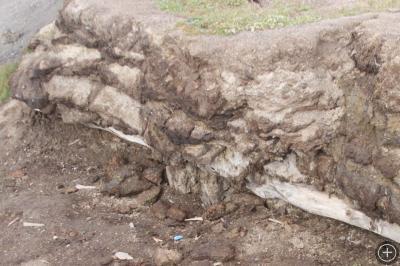
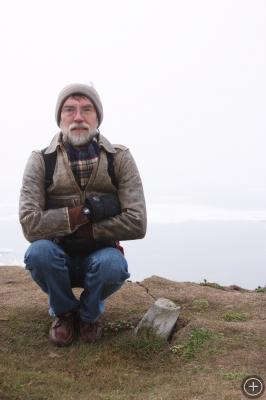





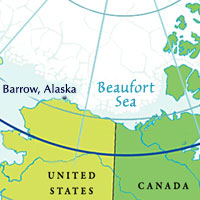





I have read a number of your post and I love it, can’t wait to read some more.